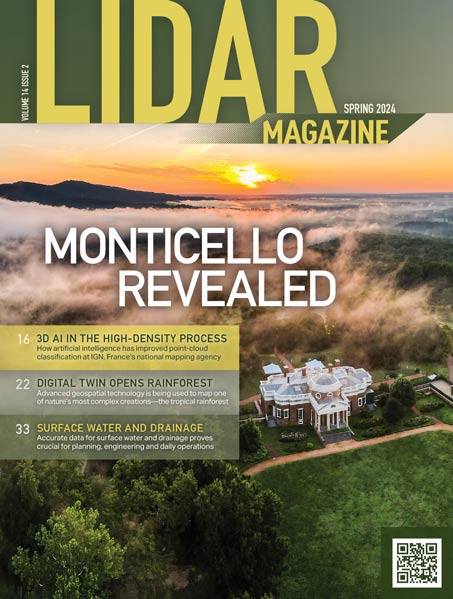CyArk Map Charts Rising Sea Level and other Risks to Heritage
Orinda, Calif. September 10, 2007 CyArk announces its newest experimental internet project, the CyArk World Hazard Map. This interactive map is intended to ultimately result in tools that will allow researchers and others to determine, analyze, and evaluate natural and man made hazards facing sites of cultural heritage around the world. In addition to determining the hazards and resulting risk to any given site, the tools will allow the prioritizing of endangered sites based on quantitative methods .
The current beta edition of the CyArk World Hazard Map maps rising sea levels and earthquakes. The rising sea levels feature demonstrates various scenarios for inundation levels resulting from global warming. There are many heritage sites close to coastlines at low elevations exposed to danger from rising seas. The user can navigate the globe, set the sea level at various heights to see the danger relationship to nearby heritage sites. The earthquake feature maps earthquakes by magnitude and by decade. This real event information shows the history of seismic activity along fault lines. This information, correlated with the locations of cultural heritage sites, is an indicator of present and future danger. Please see the FAQ for instructions on use of the CyArk World Hazard Map.
The CyArk team is in the process of collecting and mapping data relating to other significant hazards such as fire danger due to climate change, armed conflicts, development, unregulated tourism, looting and inadequate security. CyArk is also in the process of assembling a team of experts to assist in developing probabilistic methods for determining risks to any given site once all significant hazards are quantified and mapped. These methods will then be extended to facilitate the prioritization of endangered sites for documentation and other conservation activities.
Time is running out for documenting important sites of cultural heritage at risk around the world . CyArk envisions the CyArk World Hazard Map as an effort to engage our community to become involved. We invite our users, especially our Professional Users, to contribute their thoughts and talents to this project through the power of web 2.0 so that cultural heritage sites facing hazards, in critical need of documentation, can be prioritized.
Since this edition of the CyArk World Hazard Map is a beta, we are looking to improve and add to its functionality. We intend to overlay other risks on our map such as those mentioned above. If you have access to any type of hazard data that could potentially be integrated in the CyArk World Hazard Map, or can direct us toward such data, please contact us. Please note that future additions of the CyArk World Hazard Map (including increasing the max zoom from 5 levels to 9 and adding customizable "My Places") are being planned. Subsequent articles will be written to detail these so stay tuned for future updates.
This beta edition of the CyArk World Hazard Map was created by CyArk database engineer Landon Silla with collaboration from CyArk web designer Dan Walsh, as well as from Elizabeth Lee and Oliver Monson. This is a new release, and we welcome input, suggestions, feature requests, and/or bug reports. Please add a comment below addressing your thoughts and we will attend to it shortly. (If your comments pertain to a particular view of the world, please click the Link To Page at the bottom and provide the url)
Most important, the CyArk World Hazard Map is a learning tool. Please learn from the CyArk World Hazard Map, and share what you learn with others.
About CyArk
CyArk, preserving Cultural Heritage Sites through collecting, archiving and providing open access to data created by laser scanning, digital modeling, and other state-of-the-art technologies
